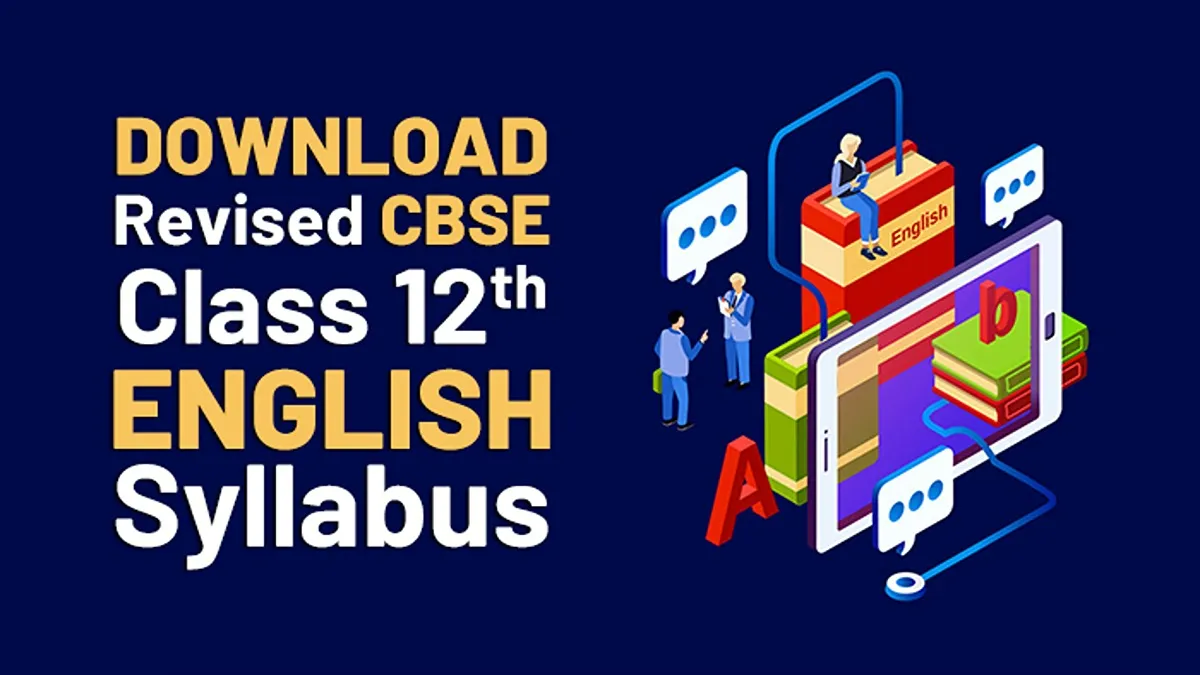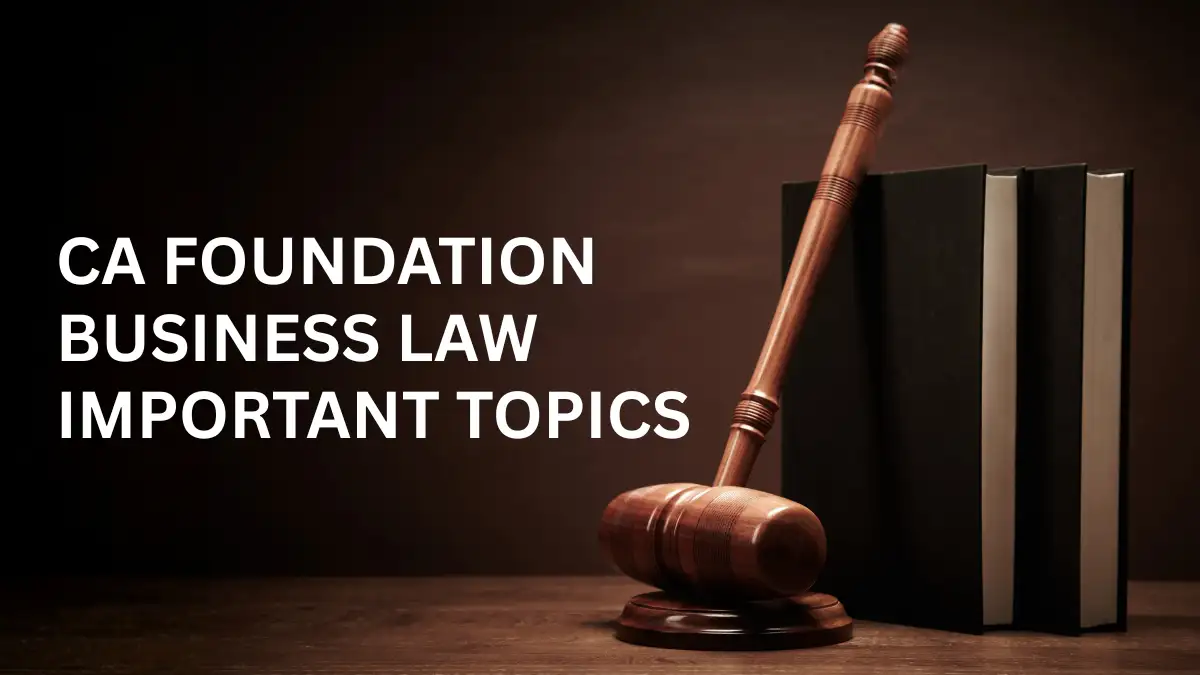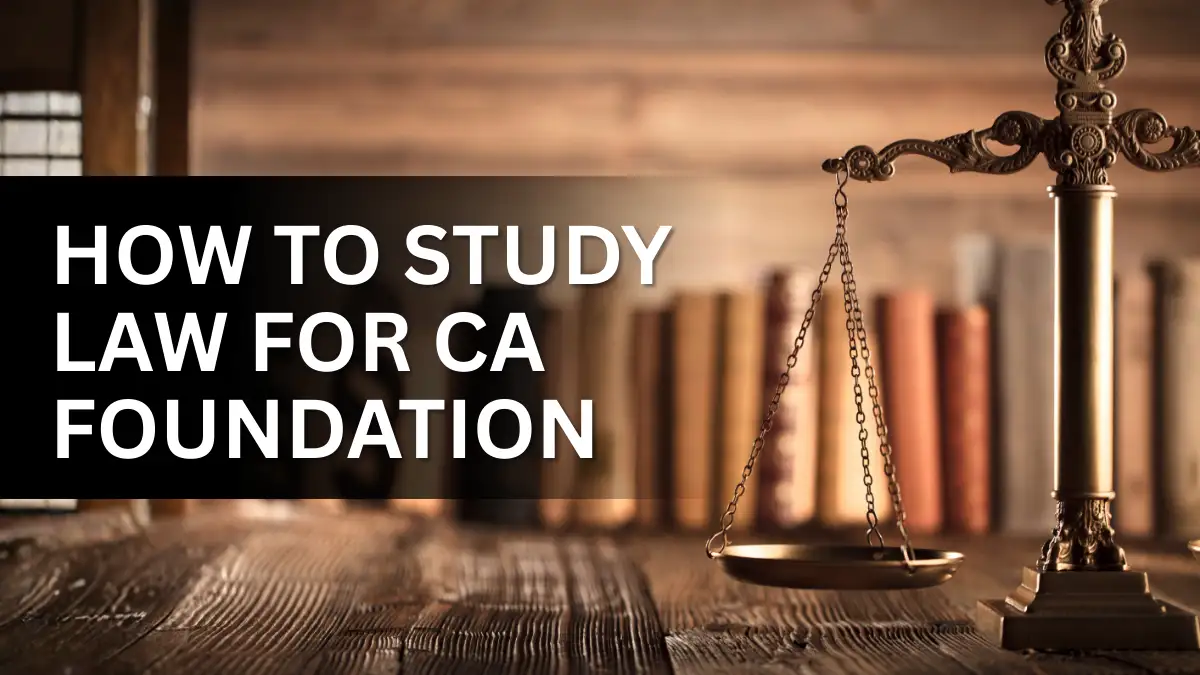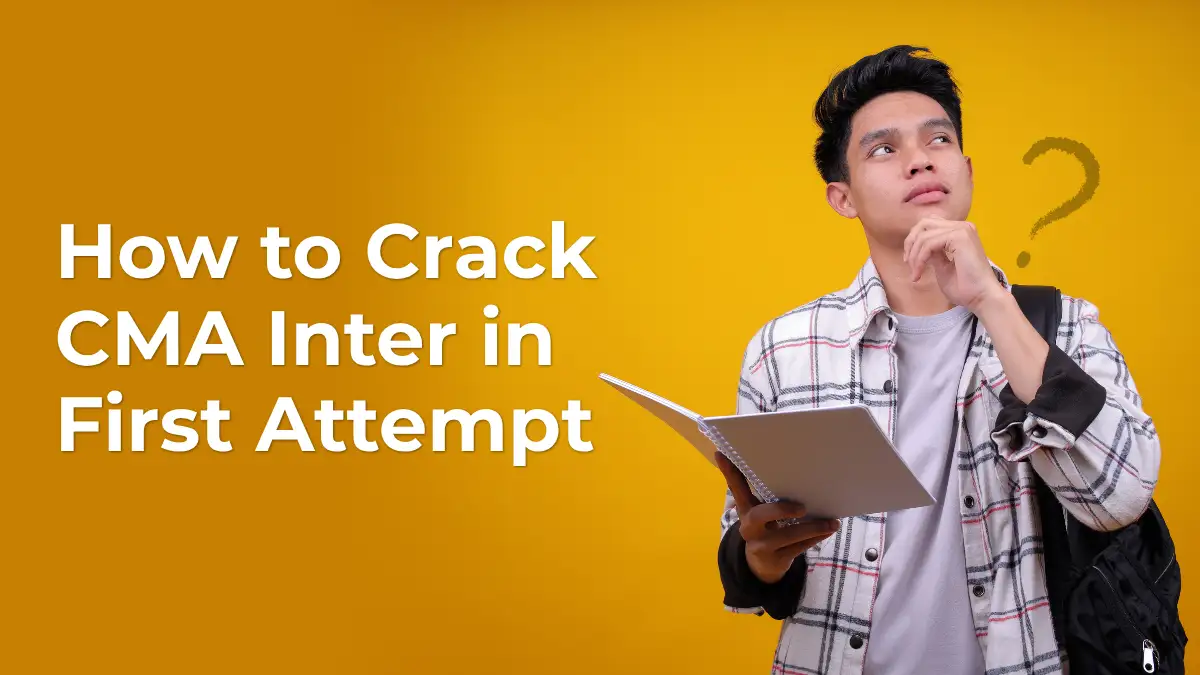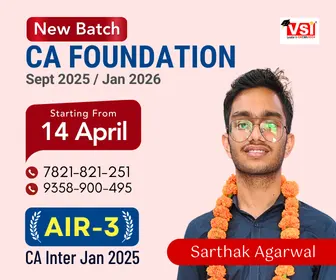CA Wizard brings you complete information on the CBSE Class 12 English Syllabus. For the academic year 2023-24. The students has to follow this new syllabus for the academic session 2023-24.
You can download the new syllabus, which has the deleted topics mentioned. A detailed marking scheme is available, which will help you in your exam preparation.
The latest syllabus of other commerce subjects is available for download on CA Wizard: Maths Syllabus, Accountancy Syllabus, Economics Syllabus.
If you want to make a career in the Commerce field, you can explore the best course after 12th- CA on our website. Chartered Accountancy is a very lucrative career option with endless opportunities and scope for growth. But first, we recommend you to complete your class 12th with the best marks, and the best 12th commerce classes will help you a lot in completing your goal.
Download CBSE Class 12 English Syllabus
English Core
English Elective
Detailed CBSE Class 12 English Syllabus & Marking Scheme (Eng. Core)
Section A: Reading Skills
Reading Comprehension through Unseen Passage (20 Marks)
- One unseen passage to assess comprehension, interpretation and inference. Vocabulary and inference of meaning will also be assessed. The passage may be factual, descriptive or literary. (10×1=10 Marks)
- One unseen case-based passage with verbal/visual inputs like statistical data, charts etc. (10×1=10 Marks)
Note: The combined word limit for both the passages will be 700-750 words accordingly.
Multiple Choice Questions / Objective Type Questions will be asked.
Section B
- Creative Writing Skills
This Section Has Short and Long Task
- Notice up to 50 words. One out of the two given questions to be answered.(5 Marks: Format : 1 / Organisation of Ideas: 1/Content : 2 / Accuracy of Spelling and Grammar : 1 ).
- Formal/Informal Invitation and Reply up to 50 words. One out of the two given questions to be answered. (5 Marks: Format : 1 / Organisation of Ideas: 1/Content : 2 / Accuracy of Spelling and Grammar :1 ).
- Letters based on verbal/visual input, to be answered in approximately 120-150 words. Letter types include application for a job with bio data or resume. Letters to the editor (giving suggestionsor opinion on issues of public interest) . One out of the two given questions to be answered . (5 Marks: Format : 1 / Organisation of Ideas: 1/Content : 2 / Accuracy of Spelling and Grammar :1 ).
- Article/ Report Writing, descriptive and analytical in nature, based on verbal inputs, to be answered in 120-150 words. One out of the two given questions to be . (5 Marks: Format : 1 / Organisation of Ideas: 1/Content : 2 / Accuracy of Spelling and Grammar :1 ).
Section C
This section will have variety of assessment items including Multiple Choice Questions, Objective Type Questions, Short Answer Type Questions and Long Answer Type Questions to assess comprehension, analysis, interpretation and extrapolation beyond the text.
- Reference to the Context (40 Marks)
- One Poetry extract out of two from the book Flamingo to assess comprehension, interpretation, analysis and appreciation. (6×1=6 Marks)
- One Prose extract out of two from the book Vistas to assess comprehension, interpretation, analysis and appreciation. (4×1=4 Marks)
- One prose extract out of two from the book Flamingo to assess comprehension, interpretation and analysis. (6×1=6Marks)
- Short answer type question (from Prose and Poetry from the book Flamingo), to be answered in 40-50 words. Questions should elicit inferential responses through critical thinking. Five questions out of the six given are to be answered. (5×2=10 Marks)
- Short answer type question, from Prose (Vistas), to be answered in 40- 50 words. Questions should elicit inferential responses through critical thinking. Any 2 out of 3 questions to be done. (2×2=4 Marks)
- One Long answer type question, from Prose/Poetry (Flamingo), to be answered in 120-150 words. Questions can be based on incident / theme / passage / extract / event as reference points to assess extrapolation beyond and across the text. The question will elicit analytical and evaluative response from student. Any 1 out of 2 questions to be done. (1×5=5 Marks)
- One Long answer type question, based on the chapters from the book Vistas, to be answered in 120-150 words to assess global comprehension and extrapolation beyond the text. Questions to provide evaluative and analytical responses using incidents, events, themes as reference points. Any 1 out of 2 questions to be done. (1×5=5 Marks)
Prescribed Books for English Core
- Flamingo: English Reader published by NCERT
Prose
- The Last Lesson
- Lost Spring
- Deep Water
- The Rattrap
- Indigo
- Poets and Pancakes
- The Interview
- Going Places
Poetry
- My Mother at Sixty Six
- An Elementary School Classroom in a Slum
- Keeping Quiet
- A Thing of Beauty
- Aunt Jennifer’s Tigers
- Vistas: Supplementary Reader published by NCERT
- The Third Level
- The Tiger King
- Journey to the end of the Earth
- The Enemy
- On the Face of It
- Memories of Childhood
- The Cutting of My Long Hairs
- We too are Human Beings
CBSE Class 12 English Core Question Paper Design,
| Section | Competencies | Total marks | % |
| Reading Comprehension | Conceptual understanding, decoding, Analyzing, inferring, interpreting, appreciating, literary, conventions and vocabulary, summarizing and using appropriate format/s | 20 | 25 |
| Creative Writing Skills | Conceptual Understanding, application of rules, Analysis, Reasoning, appropriacy of style and tone, using appropriate format and fluency, inference, analysis, evaluation and creativity | 20 | 25 |
| Literature Textbooks and Supplementary Reading Text | Recalling, reasoning, appreciating literary convention, inference, analysis, creativity with fluency | 40 | 50 |
| TOTAL | 80 | 100 | |
| Assessment of Listening and Speaking Skills | 20 | – | |
| GRAND TOTAL | 100 |
Detailed CBSE Class 12 English Syllabus & Marking Scheme (Elective Eng.)
READING 20 MARKS
This section will have two unseen passages and a poem:
1. 12 Multiple Choice Questions / Objective Type Questions out of 15 from a literary or discursive passage of about 950-1000 words. (1 X 12 =12 Marks)
2. 4 out of 5 multiple choice questions / Objective Type Questions to test interpretation and appreciation of a poem ofabout 10-12 lines. (1×4=4 Marks)
3. 4 out of 5 multiple choice questions / Objective Type Questions from a case-based factual passage (with visual input- statistical data, chart etc.) of 100-120 words to test interpretation. (1 X 4= 4 Marks)
Section B
GRAMMAR 8 Marks
4. 8 multiple choice questions / Objective Type Questions out of 10 involving transformation of sentences. (1×8 =8 Marks)
Writing 20 Marks
5. Three Long Writing Task out of Four to be answered in 120-150 words each: Adiscursive and interpretative writing. (5×3=15 Marks) 6. One Long Writing Task out of two to be answered in 120-150 words: An essay on an argumentative/discursive topic such as an article/report/speech. Contemporary topics/issues to be a part of Article, Report and Speech Writing. (5×1=5 Marks)
Section D
LITERATURE 22 Marks
This section will have variety of assessment items including Multiple Choice Questions, Objective Type Questions, Short Answer Type Questions and Long Answer Type Questions to assess comprehension, analysis, interpretation and extrapolation beyond the text.
7. Reference to the Context
i. One Prose extract out of two to assess literary appreciation and analysis (6×1= 6 Marks)
ii. One Poetry extract out of two to assess literary appreciation and analysis (6×1= 6 Marks)
8. One Short answer Question out of two to be answered in 30-40 words to assess understanding analysis and critical appreciation. Questions should elicit inferential responses through critical thinking. (2×1=2 Marks)
9. One Short Answer Question out of two to be answered in 40-50 words to assess understanding analysis and critical appreciation. Questions should elicit inferential responses through critical thinking and drawing inferences in poetry and prose. (3X1=3 Marks)
10. One Long Answer Question out of two to be answered in 120-150 words each to assess deeper understanding, interpretation, appreciation and drawing inferences. Questions to elicit creative responses and assess ability to form opinions. (5×1=5 Marks)
Fiction 10 Marks
11. One Short Answer Question out of two to be answered in 30-40 words to test understanding and appreciation and seek comments, interpretation, evaluation and appreciation of characters, events, episodes and interpersonal relationships.
(2×1=2 Marks)
12. One Short Answer Question out of two to be answered in 40-50 words to test understanding and appreciation and seek comments, interpretation, evaluation and appreciation of characters, events, episodes and interpersonal relationships. (3 x1=3 Marks)
13. One Long Answer Question out of two to be answered in 120-150 words to testdeeper (in depth) understanding, interpretation, appreciation and drawing global inferences of the given text with reference to characters /events/ incidents and episodes, leading to creative rendering, forming and defending opinions. (5×1=5 Marks)
Students can select one of the two prescribed texts.
Seminar (20 marks)
∙ Presentation – book review /a play /a short story/a novel/novella (tale, table, parable) to be followed by a question-answer session.
∙ Poetry reading to be followed by interpretative tasks based on close reading and literary analysis of the text. Critical review of a film or a play
∙ Conducting a theatre workshop to be followed by a discussion
CBSE Class 12 Elective English Question Paper Design
| Section | Competencies | Total marks | % |
| Reading Comprehension | Conceptual understanding, decoding, Analyzing, inferring, interpreting, appreciating, literary, conventions and vocabulary, summarizing and using appropriate format/s | 20 | 25 |
| Applied Grammar | Applying appropriate language conventions comprehension using structures interactively, application, accuracy | 8 | 10 |
| Creative Writing | Reasoning, appropriacy of style and tone, using appropriate format and fluency, inference, analysis, evaluation and creativity | 20 | 25 |
| Literature | Recalling, reasoning, appreciating literary convention, inference, analysis, creativity with fluency | 22 | 27.5 |
| Fiction | Recalling, reasoning, appreciating literary conventions, illustrating with relevant quotations from the text, inferring, analyzing, evaluating and creating, giving opinions, justifying with fluency | 10 | 12.5 |
| TOTAL | 80 | 100 | |
| Seminar | Seeking information and clarifying, illustrating with relevant quotations from the texts, reasoning, diction, articulation clarity of pronunciation, using appropriate language conventions Addressing participants using appropriate titles or nomenclatures and overall fluency | 20 | – |
| GRAND TOTAL | 100 |
Prescribed Books for English Elective
1. Kaleidoscope – Text book published by NCERT
2. Fiction: A Tiger for Malgudi or The Financial Expert by R.K. Narayan (Novel)
Book- Kaleidoscope-Short Stories
∙ I Sell my Dreams
∙ Eveline
∙ A Wedding in Brownsville
Book- Kaleidoscope-Poetry
∙ A Lecture Upon the Shadow ∙ Poems by Milton
∙ Poems by Blake
∙ Kubla Khan
∙ Trees
∙ The Wild Swans of Coole
∙ Time and Time Again
Book- Kaleidoscope- Non fiction
∙ Freedom
∙ The Mark on the Wall
∙ Film-making
∙ Why the Novel Matters
∙ The Argumentative Indian
Book- Kaleidoscope-Drama
1. Chandalika- RABINDRANATH TAGORE
CBSE Class 12 English Syllabus FAQs
1. What is the CBSE Class 12 English Syllabus 2024?
Ans:- The CBSE Class 12 Syllabus of English has three important sections: reading, Writing, Literature. The complete chapters list is available on the CA Wizard.
2. How many Chapters are there in CBSE English Class 12th?
Ans:- Flamingo English class 12 contains a total of 14 Chapters, and Vistas contains 8 Chapters.
3. Are NCERT books enough for Class 12 English exam preparation?
Ans:- Yes. The NCERT books are enough for preparation. However, you can use the previous year’s question papers and English sample papers for more practice.
4. How to score high marks in CBSE Class 12 English paper?
Ans:- Improve your writing speed and writing skills. These two are very important besides learning and understanding the lessons.


